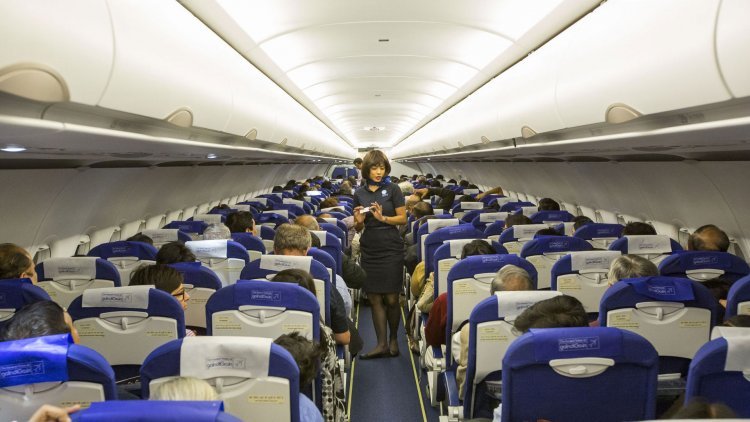Except on some routes, prices decrease as airlines compete
In monopoly routes, IndiGo and Spicejet maintain their fares; newcomer Air Akasa will have competition to gain market share.

Price wars in the Indian skies have resumed after a two-plus year respite. Airfares are plummeting in various industries as a result of the government's announcement that it will remove fare caps that have been in place since May 2020. This will probably halt the practise of high flight rates and reduce profitability, which would place financially precarious airlines in a difficult situation.
Now, airline prices are at all-time lows. In fact, on some routes, like Delhi-Lucknow, ticket costs are so low that they are less expensive than RCS-UDAN fares for trips of a similar length. RCS is for Regional Connectivity Scheme in this acronym-loving nation, and UDAN stands for Ude Desh ka Aam Nagrik. While prices on all other routes are variable and primarily determined by demand and capacity, RCS-UDAN rates are subsidised and capped.
The undercutting began as soon as the circular was published. On routes where Akasa Air is beginning service, a fierce fare war is about to break out. With more capacity on the same routes, the new entrant will have a tough time attracting customers.
Fresh Entry
When Akasa Air announced its first routes, the capacity and price war began. The cost of travel on numerous routes, including Mumbai-Ahmedabad, Bengaluru-Kochi, and Bengaluru-Ahmedabad, is less than half of what it was a week ago.
Airlines appear to be in competition with bus services on the Bengaluru-Kochi route since the war there is so fierce because the airfare is less expensive than the cost of an AC sleeper bus on the same date.
If there is intense rivalry, the weakest player may be forced out of the market or, if everyone decides to stick around, their route to profitability may be delayed.
Seats are only Rs 1,099 in high volume, high frequency sectors like Delhi-Lucknow. A comparable short travel to Chandigarh costs Rs 3,000, but a somewhat longer flight to Amritsar costs just Rs 1,662.

Monopoly routes are distinctive
IndiGo intends to run 743 routes in India, according to information provided by OAG Aviation. For the airline, half of them are monopoly routes. 42 percent of the routes served by SpiceJet are monopolies. On these routes, none of them have reduced prices. There aren't many monopoly routes for other airlines.
For instance, it takes an Airbus A320 50 minutes to travel from Bengaluru to Coimbatore. The least expensive fare for the first of September is Rs 4,220, which is comparable to the least expensive Bengaluru-Ahmedabad fare but takes more than twice as long. Without monopolistic routes, it might not have been viable for airlines to survive.
Airlines have maintained their pricing on some duopoly routes while failing to do so on others.
The decades-long pressure on prices
Numerous elements affect pricing. Competition, demand, supply, expenses, and potential cargo revenues are a few of these. Monopoly routes assist airlines in bolstering earnings while undercutting rival industries. Monopoly routes, however, are terrible for the airlines who operate them since they must subsidise the fierce competition on some of the other routes.
To gain market share, it is customary in business to provide lower early seat sales. However, the airlines are in a pickle. Whether to reduce prices in order to draw more customers, or to stop the decline and perhaps even raise the average fare. The fare battles do not look good if the past quarter is any indication.
It is challenging to determine which airline dropped prices first. India is a very price-sensitive market, thus every airline on the route is compelled to lower prices and get closer to the lowest rate in order to draw customers.
The domestic market has expanded rapidly, but so have pricing concerns, which in the past have devoured many.
I recently came upon a news report from 2006, when Air Sahara stated that flights from Delhi to Indore would cost as little as Rs 1,975, plus taxes. Even if expenditures have greatly increased, comparable rates are still available.




 admin
admin 




















